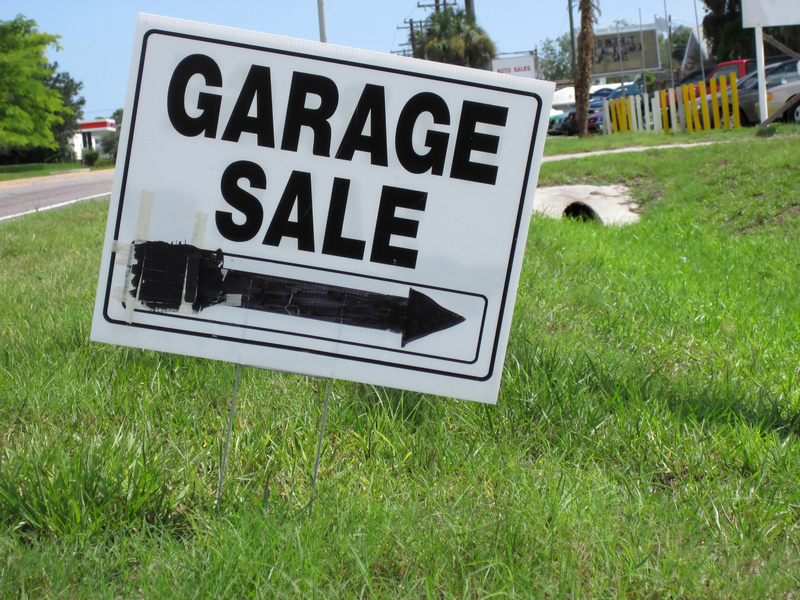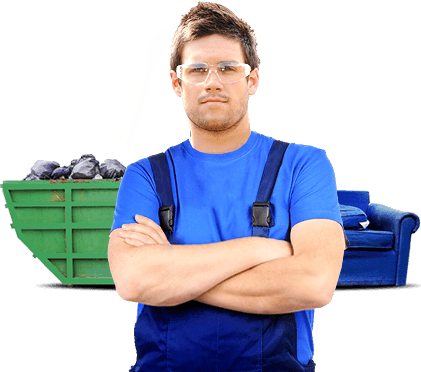Posted on 14/02/2025
Large-Scale Junk Removal When Moving
Moving can be a stressful and overwhelming experience, especially when it comes to handling junk and clutter that has accumulated over the years. A successful move involves not just transporting your belongings but also effectively removing unwanted items. This article will guide you through the process of large-scale junk removal when moving, ensuring a smoother, more organized transition from one home to another.
1. Assess What Needs to Go
Before embarking on your junk removal journey, it's essential to assess what needs to be discarded. Create an inventory of items you no longer need or use. This can include old furniture, broken appliances, outdated electronics, and other miscellaneous items. Systematically go through each room and make a list to ensure nothing is overlooked.

2. Plan and Schedule Your Removal
Once you have a clear understanding of what needs to be removed, it's time to plan and schedule the removal process. Determine whether you'll handle the removal yourself or hire a professional junk removal service. Booking in advance can help you avoid last-minute stress and ensure that the removal aligns with your moving schedule.
3. Hiring Professional Junk Removal Services
Hiring a professional junk removal service can save you time, effort, and ensure the proper disposal of items. Research and choose a reputable service provider that offers large-scale junk removal. Check reviews, ask for recommendations, and compare prices to find the best fit for your needs.
4. Donate and Recycle
Not all items you want to get rid of are junk. Consider donating usable items to charities, shelters, or second-hand stores. Many organizations will even pick up donations from your home. Additionally, recycle materials like paper, plastic, and electronics responsibly. Environmental sustainability plays a crucial role in reducing the overall waste.
5. Dispose of Hazardous Materials Properly
Hazardous materials such as chemicals, batteries, and paint require special disposal methods. It's illegal and dangerous to throw these items in the regular trash. Contact your local waste management facility for guidance on how to properly dispose of hazardous waste. Many communities also offer specific collection days for these items.
6. Declutter Regularly
One of the best tips for avoiding excessive junk accumulation is to declutter regularly. Make it a habit to go through your belongings periodically and discard items you no longer need. This practice not only keeps your living space organized but also makes future moves significantly easier.
Pros and Cons of Large-Scale Junk Removal
Pros:
- Reduces clutter and makes packing more manageable.
- Potentially helps others through donation.
- Environmentally friendly through recycling and proper disposal.
Cons:
- Can be time-consuming and physically demanding.
- Cost involved if hiring professional services.
- Requires proper planning and scheduling.
Tips for a Successful Junk Removal
- Start the process well in advance of your move date.
- Use labels and sorting bins to categorize items during the assessment stage.
- Get help from family or friends if doing it yourself.
- Ensure you have the necessary tools for dismantling bulky items.
- Stay motivated by setting small, achievable goals.

Takeaways
Large-scale junk removal when moving is a critical part of the moving process. Proper planning, hiring professional services, donating and recycling, and regular decluttering are key components to ensure a smooth and successful move. The pros of decluttering and junk removal far outweigh the cons, making your upcoming transition less stressful and more efficient.
Conclusion
Handling large-scale junk removal when moving is indeed a daunting task, but with the right approach and resources, it can be managed effectively. By assessing what needs to go, scheduling removal, considering donation and recycling, and following the tips provided, you can ensure a more organized and stress-free move. Remember, the goal is to make your new home fresh, clutter-free, and a healthier environment for everyone involved.
Latest Posts
Tips for Proper Disposal of Regular Waste
Garbage Cleanup Bags - Efficient Skip Substitute

































 Get a Quote
Get a Quote